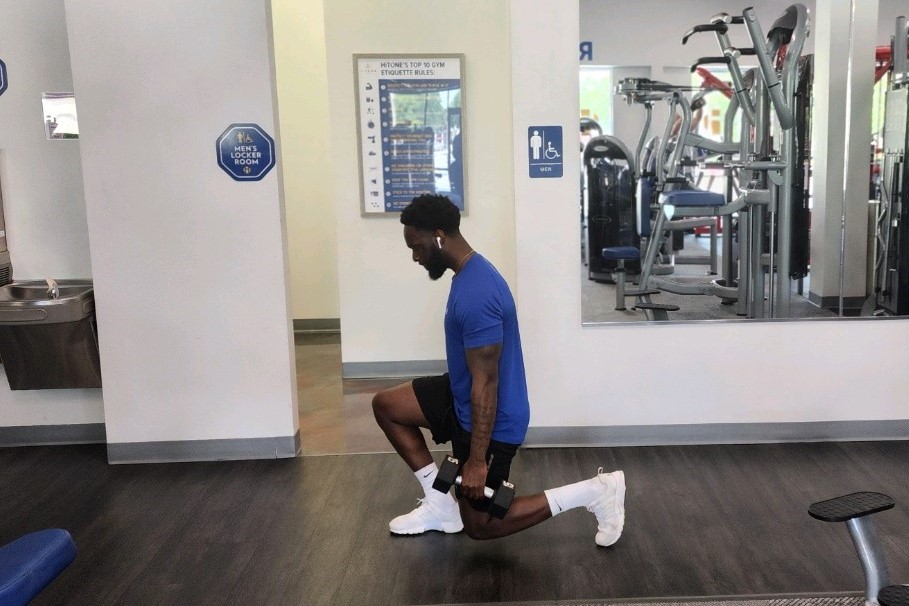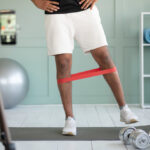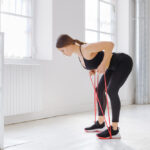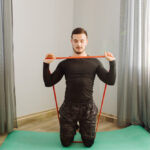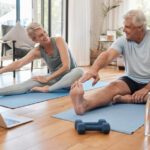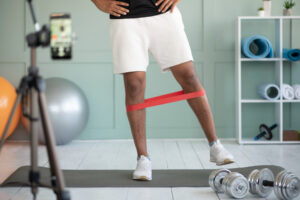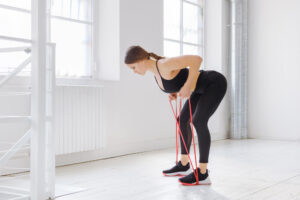If you’re a runner looking to take your performance to the next level, you might want to consider adding yoga to your training regimen. While it may seem like an unlikely pairing at first, the benefits of incorporating yoga into your routine can be truly game-changing. In this blog post, we’ll delve into the key benefits that yoga can offer to both your endurance and recovery as a runner. Get ready to be pleasantly surprised by just how much yoga can enhance your running experience!
Why runners should try yoga
Here’s why every runner should incorporate yoga into their training routine:
- Improved flexibility: Running can tighten muscles and lead to imbalances in the body. Yoga helps to increase flexibility, making your muscles more supple and less prone to injury. Enhanced flexibility also means a greater range of motion, which can improve your running form and efficiency.
- Strengthens core muscles: A strong core is essential for maintaining good running posture and preventing injuries. Yoga poses like plank, boat, and bridge target the core muscles, helping to build stability and power that can translate to better running performance.
- Enhances balance and stability: Running is a repetitive motion that can lead to muscle imbalances and instability. Yoga poses challenge your balance and proprioception, helping you develop a stronger sense of body awareness that can improve your coordination and stability while running.
- Promotes mindfulness and mental clarity: Running and yoga are both forms of moving meditation that can help you cultivate mindfulness and mental focus. The breathing techniques and mindfulness practices in yoga can teach you to stay present and focused during your runs, helping you push through tough moments and stay mentally strong.
- Speeds up recovery: Yoga can aid in post-run recovery by stretching out tight muscles, reducing inflammation, and promoting relaxation. Incorporating yoga into your routine can help you recover faster between runs, allowing you to train more consistently and effectively.
Best yoga types for runners
When it comes to choosing the best type of yoga for runners, there are several styles that can specifically target areas of the body that are essential for running performance and recovery.
Hatha yoga
Hatha yoga is a gentle and foundational practice that focuses on basic yoga poses and breathing techniques. This style of yoga is great for beginners and can help improve flexibility, strength, and balance – all of which are crucial for runners looking to enhance their performance and prevent injuries. If you want to advance in this type of yoga, do it with a yoga ball.
Vinyasa yoga
Vinyasa yoga, also known as flow yoga, involves linking breath with movement in a dynamic and fluid sequence of poses. This style of yoga can help runners improve their cardiovascular endurance, build strength, and increase flexibility through continuous movement and breath awareness.
Yin Yoga
Yin yoga is a slow-paced practice that involves holding passive poses for an extended period of time, typically targeting the connective tissues and joints. This style of yoga can help runners release tension in tight muscles, improve flexibility, and promote relaxation and recovery after intense training sessions.
How often should runners do yoga?
Finding the right balance between running and yoga is key to reaping the benefits of both practices.
So, how often should runners incorporate yoga into their training routine? While there is no one-size-fits-all answer, aiming to practice yoga at least 2-3 times a week can be a good starting point for most runners.
This frequency allows for consistent cross-training that can help improve flexibility, strength, and mental focus without taking away from your running schedule.
Final thoughts
If you’re looking to give yoga a try and experience these benefits for yourself, we have an exciting offer for you! If you’re in Lake City or planning to visit, take advantage of the special 3-day free pass at HiTone Fitness. This pass will grant you access to their invigorating yoga classes, led by experienced instructors who can guide you through poses and sequences tailored to runners’ needs.

